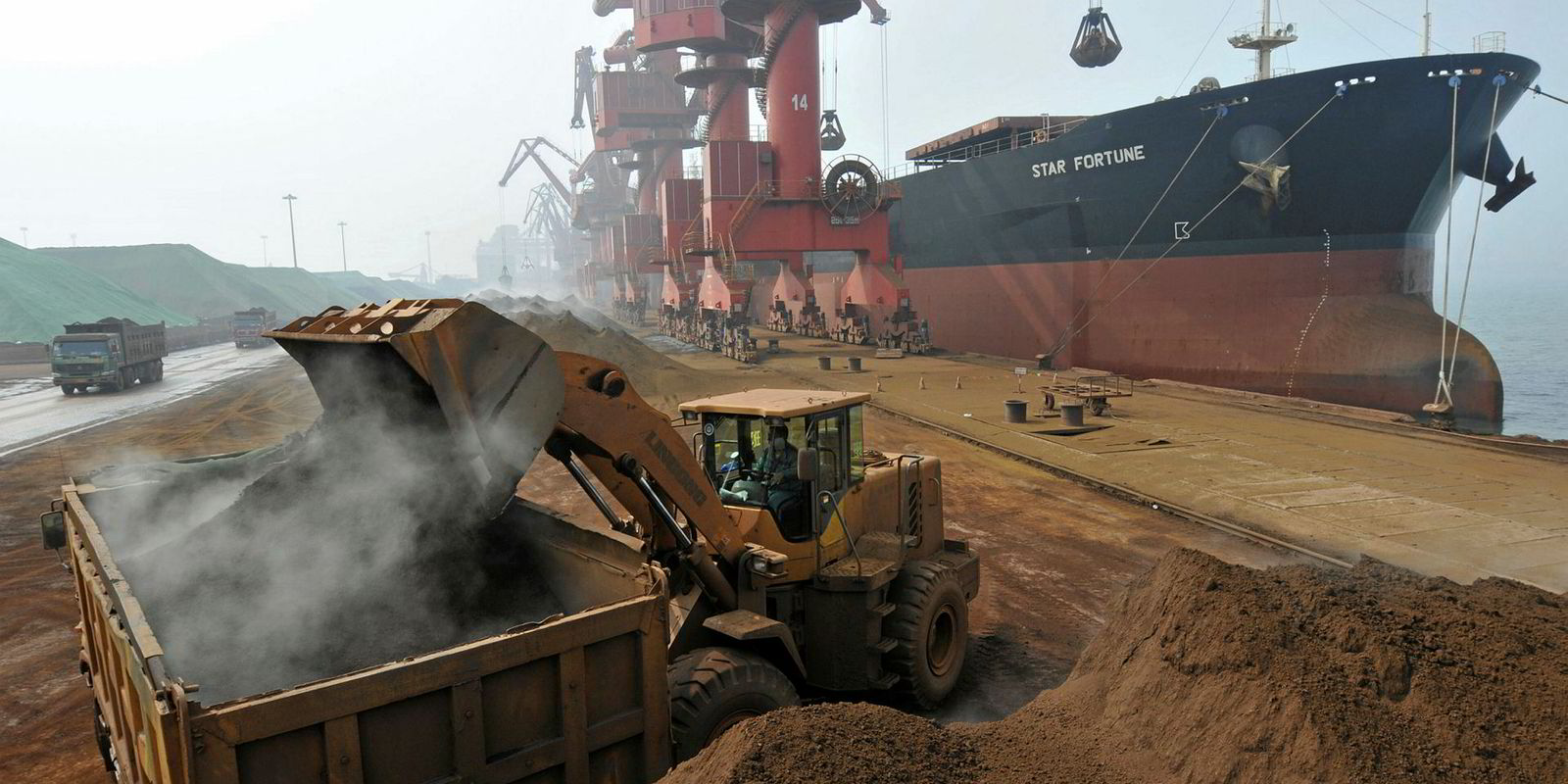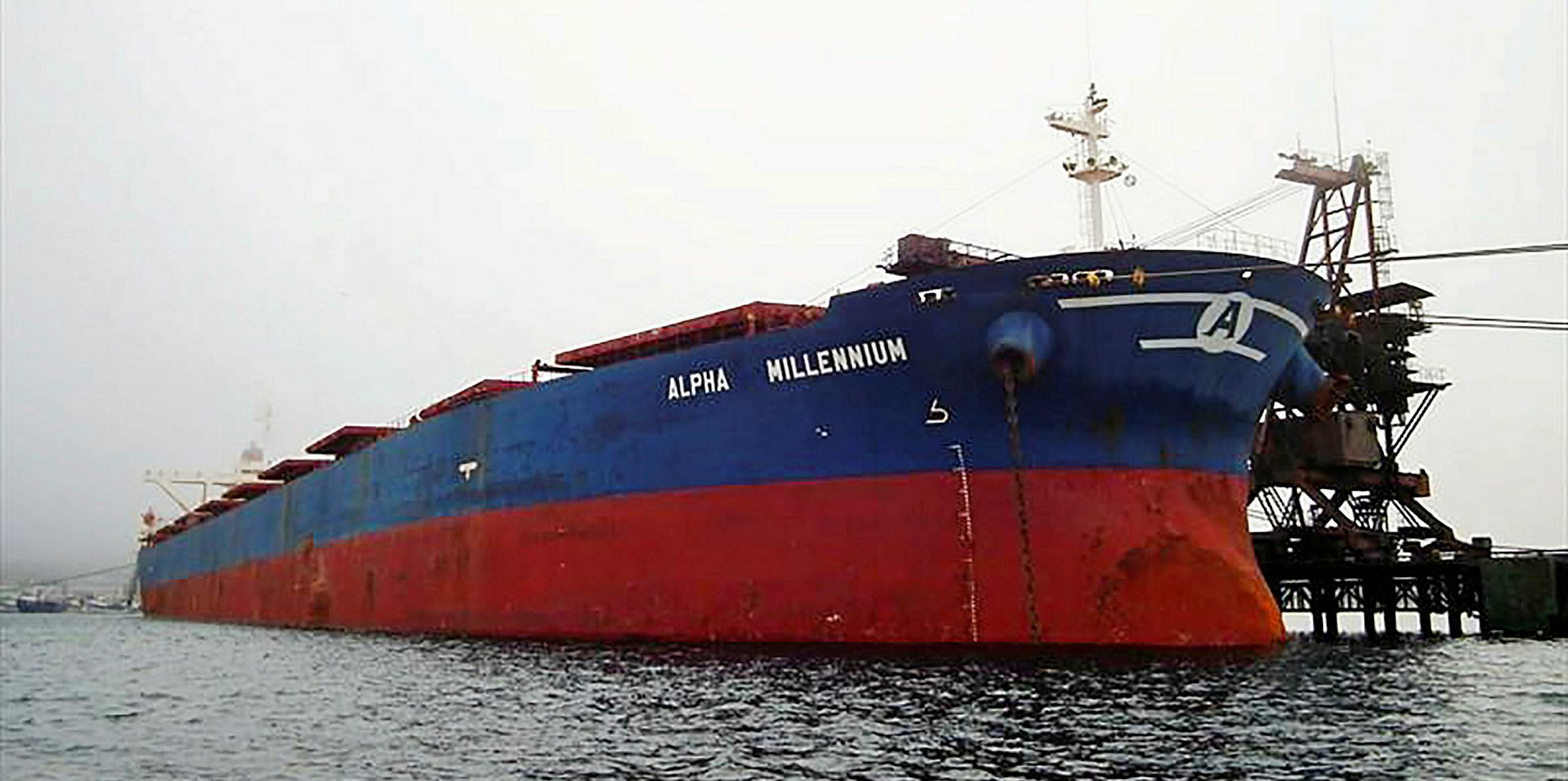After a rocky start to the year, there is increasing confidence that the Chinese economy is finding its feet — but does this mean light at the end of the tunnel for dry bulk?
The latest figures from the International Monetary Fund (IMF) show a revised forecast for Chinese growth from 6.2% to 6.3%, supported by Beijing’s latest efforts to boost its economy and optimism about a trade agreement with the US.
Similarly, the Chinese Purchasing Managers’ Index (PMI) for March, often used to monitor macroeconomic trends, has shown a rebound to a six-month high of 50.5 points, following a return to normal operating levels after the Lunar New Year holiday.
Anything over 50 suggests the economy is expanding, indicating that the government stimulus package, applying measures such as tax cuts and a proactive fiscal policy, is taking hold.
There is expectation that the effects of this boost will feed through to Europe and the US, which is good news for the rest of the world, given fears of a global slowdown.
More stable growth rates
Data for the third quarter of 2018 showed that Chinese growth was 6.5%, the slowest pace since the financial crisis. It can be argued that this is to be expected as China transforms from an emerging market into a developed economy, with a more stable growth rate.
Others have attributed the slowdown to deleveraging, and the impact of the trade row with Washington cannot be ignored.
What does this mean for dry bulk? From Alibra’s analysis, in the past there has been a clear correlation between dry bulk time-charter rates and the health of the Chinese economy.

The previous market lull in 2016, when the PMI fell to a low of 49, coincided with similar trends in the dry market, where capesize rates for one year dropped to the lowest levels recorded at $5,000 per day/pro rata (pdpr).
Last month, the PMI sank to a three-year low of 49.2 and the sector proceeded to plunge, with capesizes operating below operating expenses and capesize time-charter rates falling below those of much smaller vessels.
At the end of March, Alibra’s time-charter rates hit the lowest point we have seen since the start of 2017, having fallen 43% from the highs of Q3 2018 to $10,250 pdpr at the end of last month.
But will a bounce-back in the Chinese economy signal an upturn for dry bulk?
While the capesize market is inextricably linked with the Chinese economy and iron ore, other factors have undoubtedly been affecting the market.
The fall in dry rates can in part be attributed to seasonality; traditionally the market drops off in the first quarter as the Far East slows down in the run-up to the Lunar New Year.
However, the Vale dam disaster at the end of January has been an incredibly damaging blow to the market. The incident set off supply concerns and Vale has yet to clarify how much of its production will be cut over the next few months.
In the past, a rebound in the Chinese economy has heralded an upturn in the fortunes of the dry cargo market.
Now it remains to be seen how the crisis in Brazil will affect the market, but there is optimism that Vale might be able to make up for a production drop in the second half of 2019.
However, the improvement in the latest PMI numbers from Beijing, and the GDP forecast from the IMF remind us that there is still demand for raw materials. And even if growth is slowing, it is growth nonetheless — providing a fragment of hope for dry bulk.
Rebecca Galanopoulos Jones, analyst at Alibra Shipping







